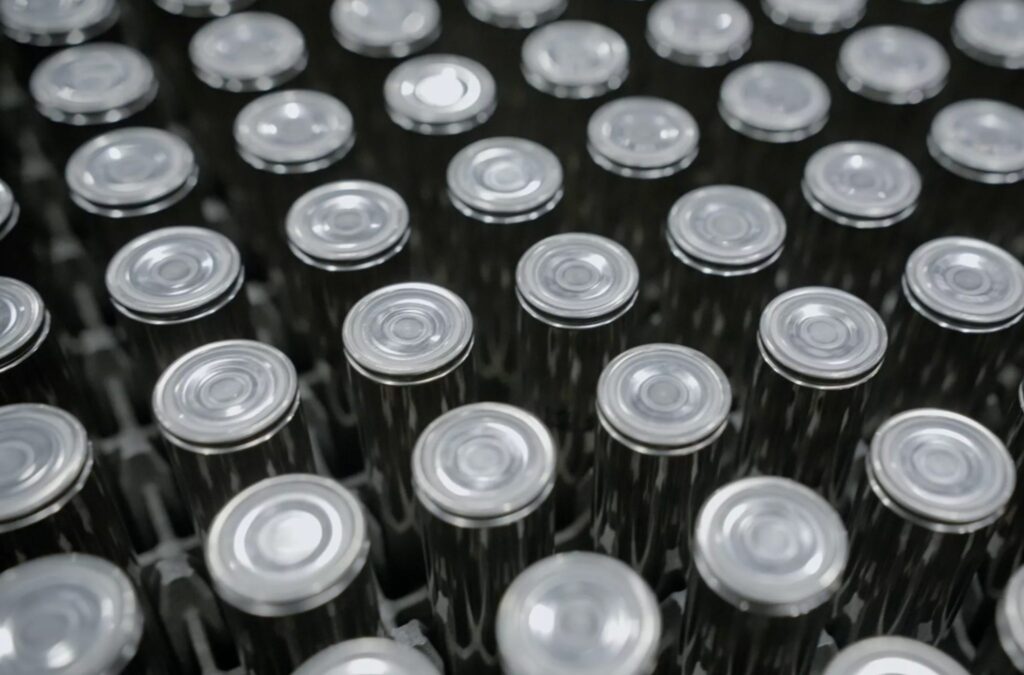In a surprising turn of events in Panasonic‘s U.S. battery manufacturing journey, CEO Yuki Kusumi has advised a cautious approach towards the establishment of a third U.S. battery plant. This follows an optimistic announcement by Panasonic North America President Allan Swan at CES, hinting at the potential for an additional facility to significantly boost annual production capacity by 2031.


Prioritizing Productivity
While Swan’s announcement fueled expectations of growth, CEO Yuki Kusumi, in a recent interview, stressed the need to prioritize increasing productivity at the existing plants before venturing into a new facility. Kusumi emphasized, “I keep telling people we need to think about thoroughly raising productivity before setting up a third location.”
Human Resources and Production Optimization
Kusumi pointed out that expanding human resources for additional plants should be approached cautiously, advocating for fewer production locations with optimized output. The CEO highlighted that there is ample room to enhance production at current factories through improvements in machine maintenance and overall operational processes.
Financial Independence and Profitability:
Moreover, Kusumi expressed a desire for Panasonic to achieve profitability without relying on credits from the Inflation Reduction Act (IRA). This aligns with the company’s commitment to financial independence and sustainable growth.
Current U.S. Presence
Panasonic presently operates in the U.S. with a location at Tesla’s Gigafactory in Nevada, and a second plant under construction in Kansas. The company recently removed Oklahoma from consideration for its next U.S. factory. With an eye on the future, Panasonic aims to increase its annual EV battery production capacity to 200 GWh by early 2031, with the upcoming Kansas plant expected to contribute around 80 GWh annually.
Innovations and Upgrades
This news follows Panasonic’s announcement of plans to release upgraded versions of its 2170 and 4680 battery cells, potentially available as early as this year.
Conclusion
Panasonic’s measured approach, as articulated by CEO Yuki Kusumi, reflects a strategic focus on optimizing existing resources before embarking on further expansion. As the company positions itself for future growth, balancing the need for additional production capacity with a commitment to operational efficiency and financial independence remains a key priority.
ALSO READ :-
Tesla’s Cybertruck Embarks on China Tour Amid Regulatory Challenges
SOURCE : TESLARATI
FAQs
Why is Panasonic cautious about establishing a third U.S. battery plant?
Panasonic, as highlighted by CEO Yuki Kusumi, prioritizes boosting productivity at existing plants before venturing into a new EV facility. This strategic approach ensures optimized operations and efficiency.
Why does the Tesla supplier prioritize productivity enhancement before considering a new EV plant?
The emphasis on boosting productivity at existing facilities reflects a strategic approach by the company’s leadership. This ensures that operational efficiency is maximized before expanding into new manufacturing ventures.
What influenced the decision to exclude Oklahoma as a potential location for the next U.S. factory?
The decision to remove Oklahoma from consideration stems from a meticulous evaluation process. The company is focused on selecting locations that align with its growth strategy and facilitate optimal expansion.
How does the company plan to achieve financial self-sufficiency in its U.S. battery operations?
The expressed desire to generate profits without relying on external credits reflects a commitment to financial independence. This approach aligns with the company’s goal of establishing sustainable and self-sufficient financial practices.
What role does the upcoming Kansas plant play in the company’s ambitious EV battery production capacity goals?
The Kansas plant is poised to contribute approximately 80 GWh annually towards the company’s target of achieving a 200 GWh annual EV battery production capacity by early 2031. This underscores the strategic significance of the new facility in the company’s growth trajectory.
